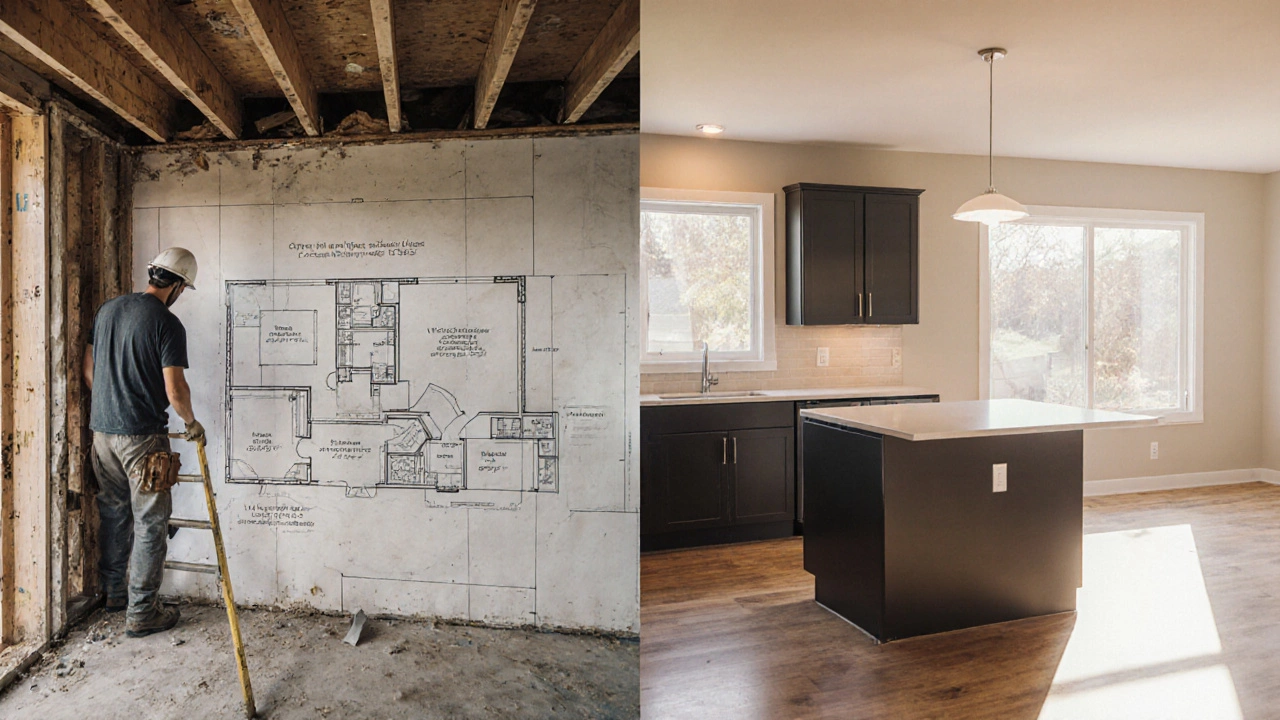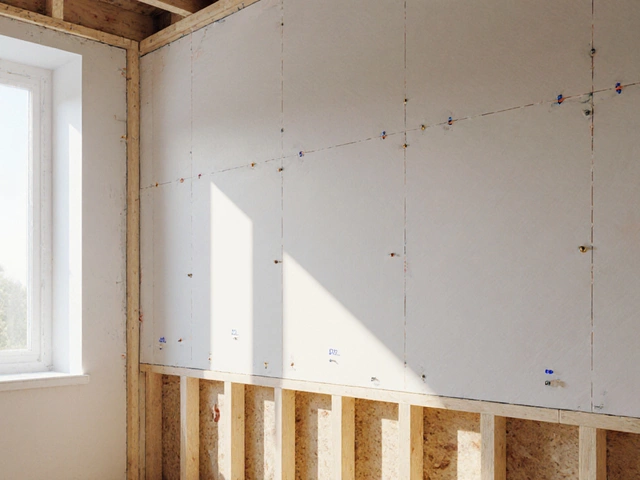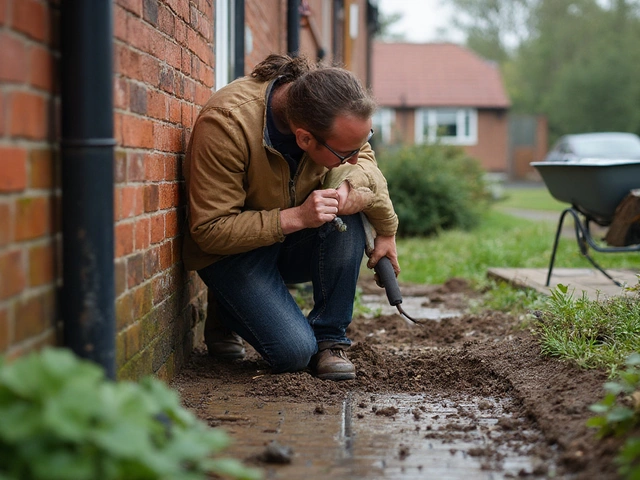House Remodeling: Practical Tips for Every Homeowner
Thinking about giving your home a fresh look? Whether you’re fixing a cracked foundation or updating the kitchen, a solid plan makes the difference between a smooth project and endless headaches.
Plan Your Project Wisely
Start by writing down what you really need. A leaky basement, sagging walls, outdated cabinets – list each problem and rank it by urgency. Once you know the priorities, set a realistic budget. Add a 10‑15% buffer for surprise costs; even the best‑run projects hit a snag.
Next, check the permits you might need. Local councils often require paperwork for foundation work, structural changes, or roofing upgrades. Getting the approvals early saves you from fines and delays later.
When it comes to hiring, ask for three quotes and compare them side by side. Look beyond price: check references, insurance coverage, and how quickly they respond to your questions. A low bid can hide shortcuts that cost more in the long run.
Key Areas to Focus On
Foundation Repair – Cracks may look harmless, but water can seep in and damage the whole house. Simple fixes like epoxy injection work for hairline cracks, but larger movement needs a professional. If you see doors sticking or floors sloping, call a structural engineer before you start any other work.
Kitchen Remodel – A dry‑fit before the final install saves money. Lay out cabinets, appliances, and plumbing rough‑ins on the floor first. This way you catch spacing errors early and avoid costly re‑work once walls go up.
Bathroom Upgrade – The biggest expense is usually plumbing and tile work. Plan the layout to keep existing water lines where possible; moving them can double the cost. Choose durable, water‑resistant flooring to avoid future repairs.
Roof & Exterior – Replace shingles when you see curling or missing tabs. A roof upgrade not only protects the home but can improve energy efficiency if you add proper insulation.
DIY can be tempting, especially for small tasks like sealing hairline cracks or repainting walls. Stick to projects you have the tools and know‑how for. Anything involving structural changes, load‑bearing walls, or major electrical work should be left to licensed pros.
Finally, create a timeline that matches the seasons. Exterior work is best in dry months, while interior projects can run year‑round. Coordinate deliveries so materials arrive just when they’re needed – this cuts storage hassles and keeps the crew focused.
By following these steps, you’ll keep your house remodeling on track, stay within budget, and end up with a home that feels solid, modern, and ready for years to come.
Remodeling vs Renovating: Key Differences for Your Home

Learn the key differences between remodeling and renovating, including scope, permits, costs, timelines, and how to choose the right approach for your home.
read moreFirst Step in Renovating a House: Where to Start for Real Results

Kicking off a home renovation can feel overwhelming, especially if it's your first time. This article breaks down the very first step you need to take before swinging a hammer or picking paint colors. You'll get practical advice, must-know facts, and a clear path to get started the right way. Whether you're planning a full gut job or just updating a room, knowing where to begin saves time, money, and headaches. Let’s cut through the noise and help you move forward with confidence.
read moreIs a $100,000 Budget Sufficient for Home Renovations?

Renovating a house can be an exciting yet daunting task, especially when budgeting is involved. Wondering if $100,000 is enough? It depends on multiple factors including the size of the house, the quality of materials, and the scope of the project. Understanding these components can help you make more informed decisions about which areas to prioritize and where to potentially save costs.
read more



